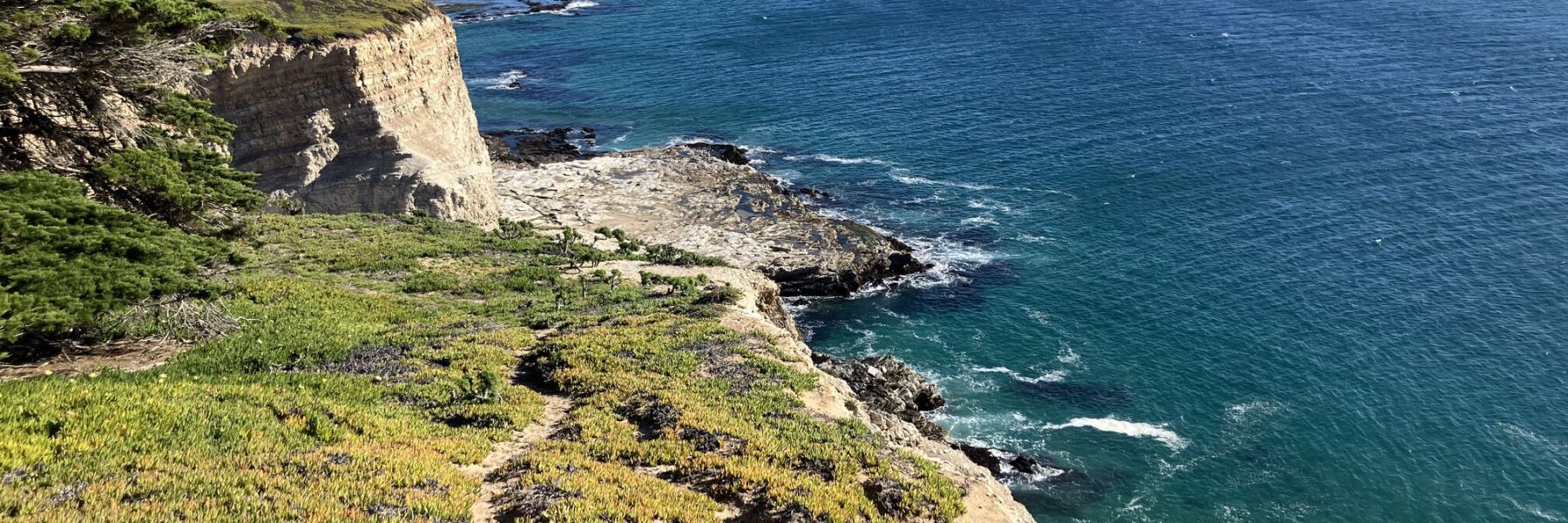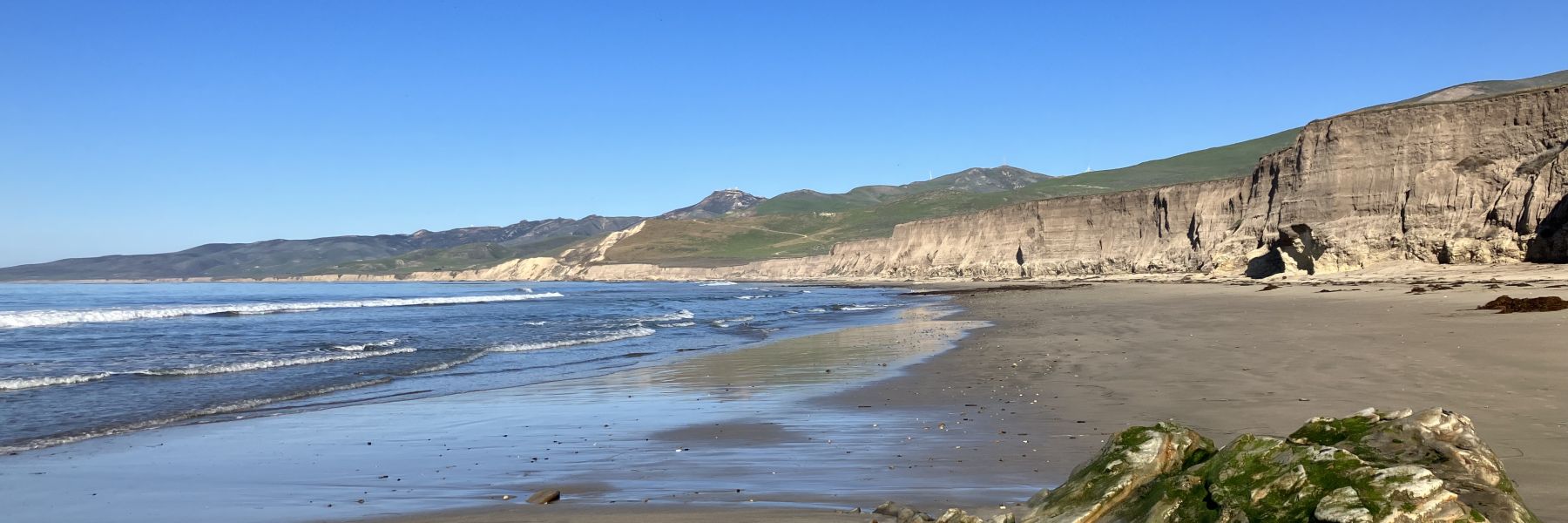Palmyra Atoll Terrestrial Food Web Response to Rainforest Realignment
Palmyra Atoll is a remote atoll in the central Pacific, uninhabited except for research and conservation personnel, making it an ideal natural laboratory for understanding community interactions and developing best conservation management practices. Invasive black rats were eradicated from the atoll in 2011, and management intervention to realign forest canopies from Coconut palm-dominated to Native broadleaf forests began in 2019, with over one million trees treated to date. We’re using population assessments, stable isotope analyses, and diet DNA analyses to understand the impacts of these management interventions on the terrestrial food web.
Impacts of Coconut Plantations on Atoll Groundwater Resources
As much as half of Pacific atolls' native forests have been replaced with coconut plantations, many of which are no longer actively harvested. The spread of coconut palm monocrops displaced countless seabirds and native atoll trees, causing myriad ecological disruptions. But the effects of these plantations on groundwater resources--critically endangered by climate change and sea level rise--have never been examined. We use custom-designed sap flow sensors to quantify the water consumption rates of coconut palms and native woody species that grow on Tetiaroa Atoll, French Polynesia. These data will allow atoll communities to consider native forest restoration as a means of water conservation and a beneficial restoration of habitat.

